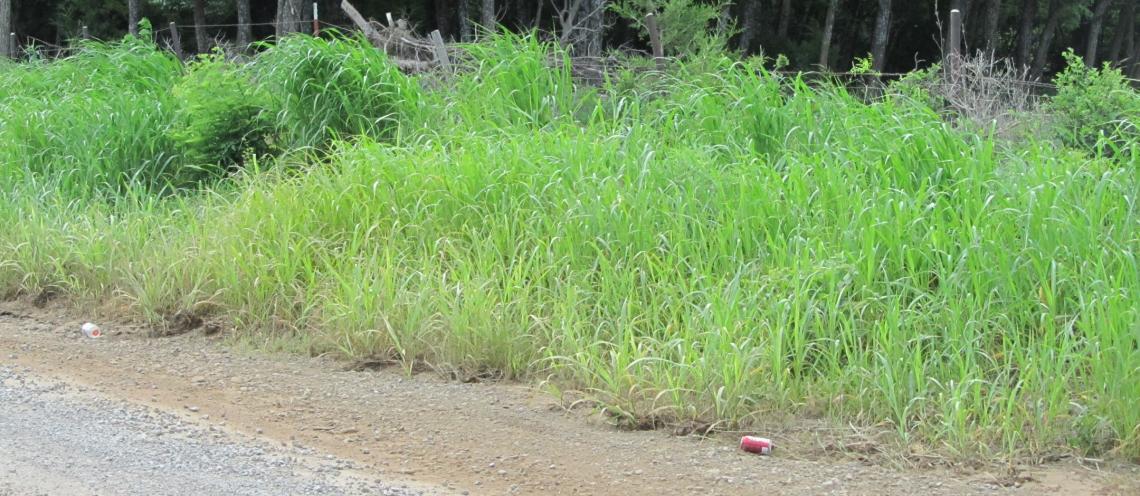
Cyanide toxicity found in Johnson grass
Monday, July 14, 2014
“The Johnson grass was ‘regrowth’ after recent rain,” said Dr. Sandra Morgan, a veterinary toxicologist at the Oklahoma Animal Disease Diagnostic Laboratory. “Interestingly, Johnson grass that had never been cut was negative for cyanide while the part that had grown back after mowing was strongly positive. It is important that producers understand the risks associated with ingestion of Johnson grass.”
According to Morgan, the biggest risk associated with grazing Johnson grass is turning cattle into a new pasture without testing it first. OADDL routinely tests for cyanide in Johnson grass. Alternatively, producers can purchase Cyantesmo paper from CTL (888-686-3454) to determine cyanide dangers.
“Fresh leaves must be chopped up and immediately sealed tightly in a quart size Ziploc bag along with a one inch strip of Cyantesmo paper,” Morgan said. “If the bag is placed in a warm area, like the top of a pickup, a reaction will occur in approximately 10 minutes, turning the paper dark blue.”
While the test is not quantitative, Morgan said it is a quick way to help determine if cattle can safely be moved into a pasture containing Johnson grass.
“Different areas of the pasture can have different amounts of cyanide, so more than one test is needed,” Morgan said. “Cyanide levels in plants can change with time, so the area may need to be retested. Cyantesmo paper should be kept at room temperature in an air conditioned room. To keep the paper stable, do not store it in a hot truck.”
She suggests that owners take into consideration that mowing pastures around electric fence lines would increase the risk of regrowth accumulation of cyanide in the pasture.
“Rapid growth after a rain, freezing, spraying with herbicide, high nitrogen/low phosphorus soils, drought stress or anything that injures or stunts the plant growth can favor production,” Morgan said.
Morgan said confirming a diagnosis of cyanide poisoning in cattle is difficult.
“The toxin is a gas,” she said. “Cyanide gas detection can be done at OADDL on an unopened carcass. However, a negative result may just mean too much time has passed or the right pocket of gas was not tested. The blood technically should be bright cherry red due to oxyhemoglobin production, but again, with time it may look dark. The most obvious findings on necropsy (or animal autopsy) are Johnson grass still in the cow’s mouth and at the top of the rumen contents.”
Cattle owners are encouraged to contact Morgan at the OADDL (405-744-6623) for additional information.
